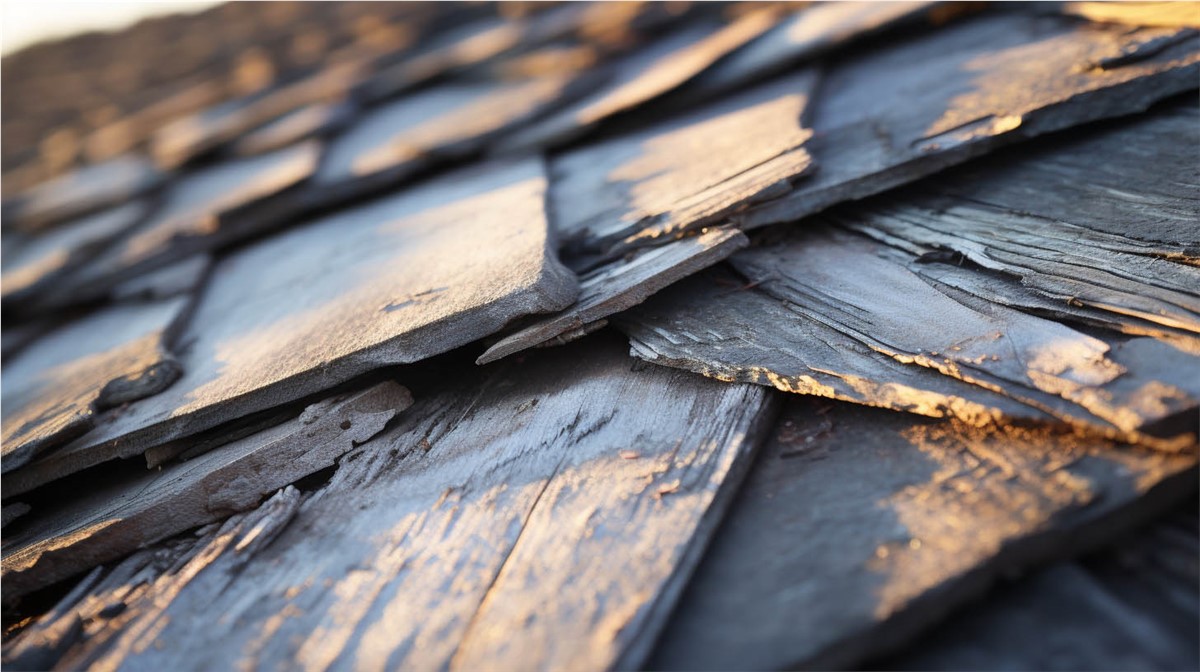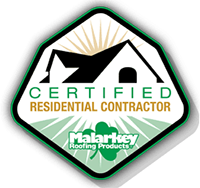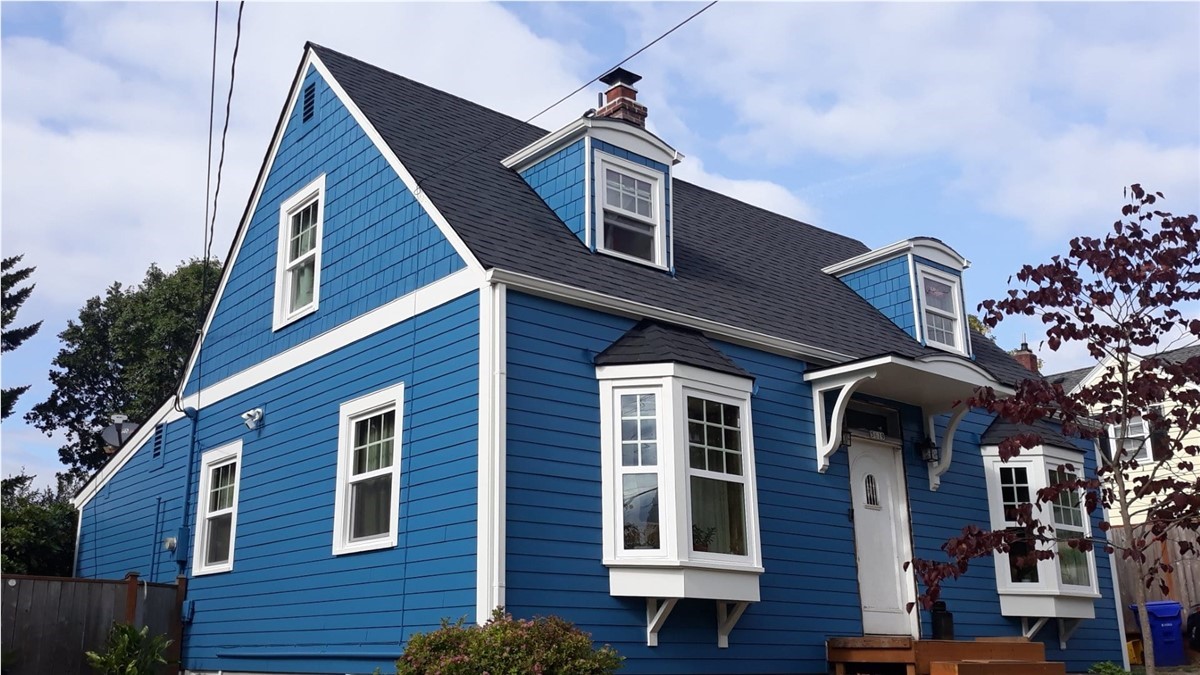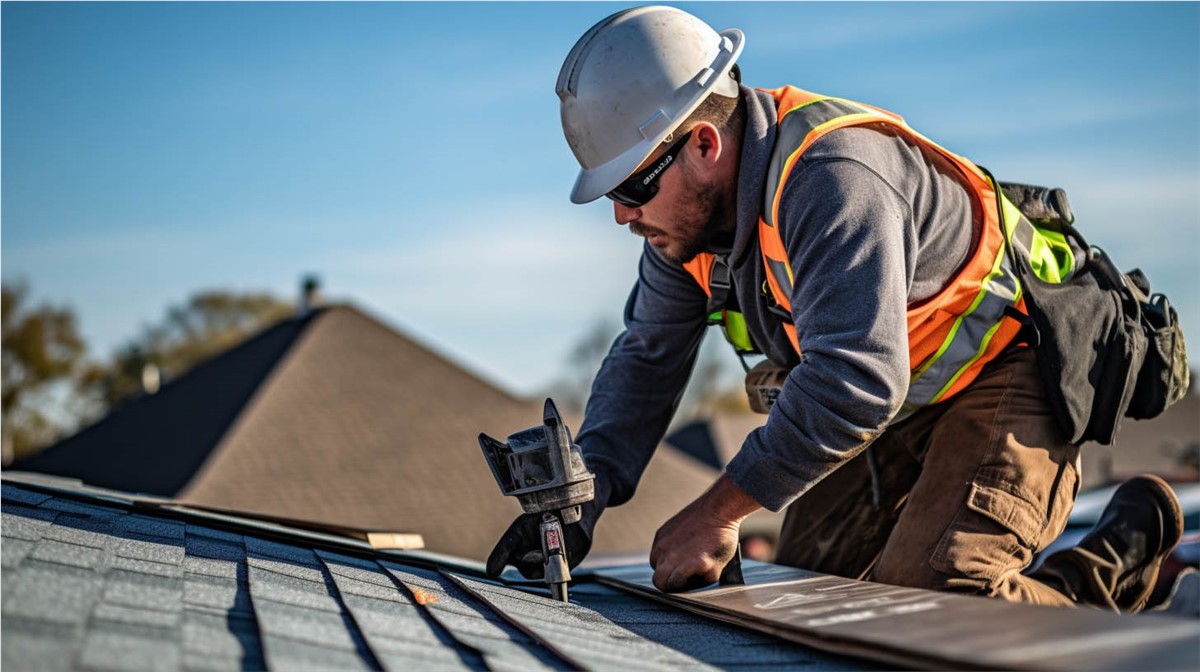
Understanding Wind Damage: A Closer Look
Wind damage on asphalt shingles is a topic that often comes with various misconceptions and misunderstandings. As a leading roofing company in Portland Oregon, we at KVN Construction have encountered numerous cases where homeowners are misinformed about the nature and extent of wind damage on their roofs. This article aims to shed light on the real impact of wind on asphalt shingles, debunking common myths and providing accurate information to help homeowners make informed decisions.
The Reality of Wind Speeds and Shingle Resistance
One of the most prevalent misconceptions about wind damage is the belief that asphalt shingles can easily withstand high wind speeds. While it's true that modern shingles are designed to be durable, their resistance to wind is not absolute. The actual threshold at which shingles start to get damaged varies based on their quality, installation, and age. It's crucial to understand that even moderate wind speeds can cause damage if the shingles are not properly installed or are nearing the end of their lifespan.
Signs of Wind Damage on Your Roof
Identifying wind damage can be challenging, especially since it doesn't always manifest in obvious ways. Some common signs include missing shingles, curling or lifting shingles, and granule loss. However, there are less visible signs as well, such as weakened sealant strips and micro-tears, which can only be identified by a professional roofer in Portland. Regular inspections by skilled roofing contractors in Portland OR are essential in detecting these subtle signs of damage.
The Myth of Uniform Damage
Another widespread myth is that wind damage occurs uniformly across the roof. In reality, wind impact varies across different areas of the roof. Edges, corners, and ridge lines are often more susceptible to wind uplift and may show more signs of damage compared to the center portions of the roof. Understanding this non-uniform pattern of damage is crucial for accurate assessment and repair.
Expert Solutions for Wind-Damaged Roofs
When it comes to addressing wind damage, the expertise and approach of the roofing service provider are paramount. At KVN Construction, we emphasize a comprehensive evaluation of the entire roofing system. This includes not only replacing damaged shingles but also assessing the underlying roofing structure for any potential issues.
Choosing the Right Materials
Selecting the appropriate materials for repair or replacement is vital. We recommend high-quality, wind-resistant shingles that are suitable for the specific climate and environmental conditions in Portland Oregon. These shingles are designed to provide better resistance against wind uplift and can significantly extend the lifespan of your roof.
Precision in Installation
The installation process plays a critical role in enhancing the wind resistance of asphalt shingles. Our team of experienced roofing professionals ensures that each shingle is securely fastened and aligned correctly to minimize the risk of wind damage. We adhere to the highest industry standards and use advanced techniques to ensure the longevity and durability of your roof.
Ongoing Maintenance and Inspections
Regular maintenance and inspections are key to preventing wind damage. Our roofing service includes thorough inspections to identify potential vulnerabilities and address them before they escalate into major issues. We recommend homeowners in Portland to schedule regular check-ups, especially after severe weather events.
Conclusion: Protecting Your Home Against Wind Damage
In conclusion, understanding and addressing wind damage on asphalt shingles requires a blend of accurate knowledge, skilled craftsmanship, and the use of quality materials. As a trusted roofing company in Portland Oregon, KVN Construction is committed to providing homeowners with reliable, effective solutions for their roofing needs. By debunking common myths and implementing best practices, we ensure that your roof remains strong and resilient against the challenges posed by wind.
Subscribe to KVN Construction's Blog








Comments